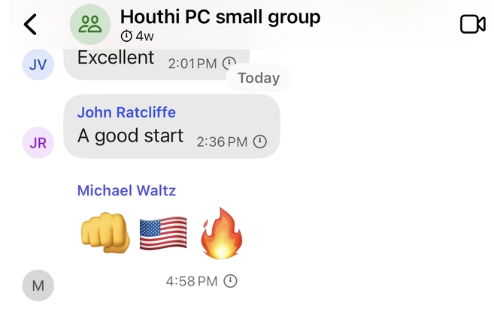Over time, the Maine state flag has evolved with changes reflecting the state’s history. The current flag depicts a farmer and a sea-man standing beside a shield enclosing a pine tree and a moose; it represents Maine’s traditional reliance on agriculture and the sea. Above them, the north star shines alongside the state motto Dirigo—meaning “I lead.” However, this was not the original flag. This flag was adopted in 1909, and before that, the flag featured a pine tree and a blue star on a beige background.
In recent years, prideful Mainers have begun to embrace the original flag, which closely embraces similar symbols, including the white pine—the state’s tree, and the north star which alludes to the motto. Some citizens have opted to fly this flag instead, connecting to its simplicity, originality, and symbolism. Question 5 on the November ballot asked Maine voters to decide whether to keep the current flag or adopt a new design paralleling the original. However, voters ultimately rejected the proposal. The Associated Press called the results with only 55% against the switch.
Referendum opposers argue that the current flag holds a rich history, which accurately depicts Maine life and honors the environment and industry. Further, David Martucci, former president of the North American Vexillological Association, an organization committed to flag study, assumed confusion surrounding the cost of changing flags may have impacted the vote. However, state officials explained the change would not cost taxpayers extra.
Although the popularity of the first flag wasn’t enough to convince voters, there is still widespread support from citizens for the flag. It can be seen commonly hung outside of businesses and homes. L.L. Bean has even featured the simplistic design on much of their apparel. The debate about the Maine State flag will continue to spark conversations about change and tradition.








